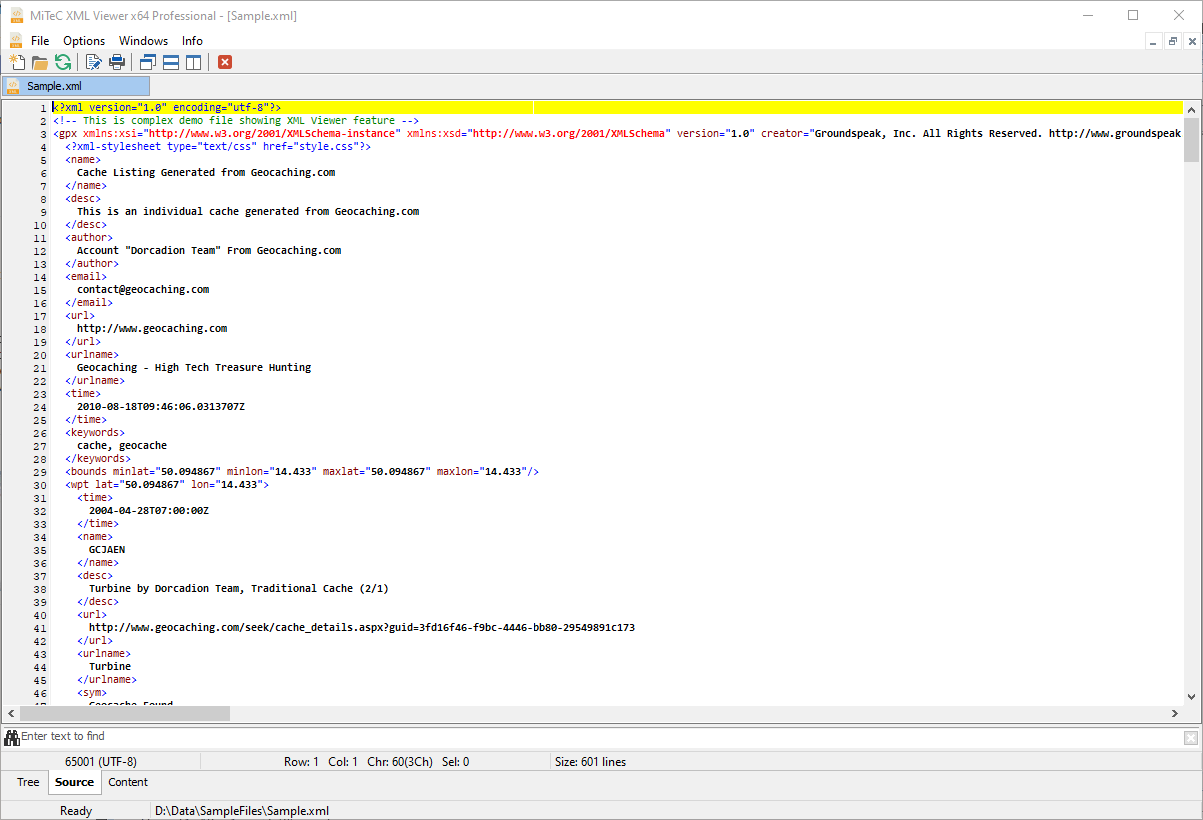

Defaults to 'GET' if not specified.Īn object representing the HTTP headers to send along with the request for a remote image. The iOS asset bundle which the image is included in. Defaults to 1.0 if unspecified, meaning that one image pixel equates to one display point / DIP. Used to indicate the scale factor of the image. This is a good technique to know but I’ve always considered it to be overkill.A string representing the resource identifier for the image, which could be an http address, a local file path, or the name of a static image resource.Ĭan be specified if known at build time, in which case the value will be used to set the default component dimension. But it’s also possible to take it too far. I jump through a lot of hoops to improve the speed of my sites. #3: We all want our sites to be as fast as possible. Again, it’s probably a silly reason but it feels wrong to me. Granted it’s not much different from specifying a file (which I guess is also putting content into the css and I don’t see any way around that) but it still bothers me.

#2: You are putting content directly into the CSS fiile.
Base64 image viewer code#
I know that’s not much of a reason and it’s probably pretty silly but I find it ugly and don’t want to dirty up my code like that. If you are writing an order confirmation script, for example, and you want the company logo and background image to make the receipt look nice, this method looks MUCH simpler than building the MIME attachments. This method will deliver image rich emails without requiring the user to click “show images”, but it is a pain to do manually. (this was generated by Thunderbird, obviously you can use simpler cid values) 9j/4AAQSkZJRgABAQEAYABgAAD/2wBDAAoHBwgHBgoICAgLCgoLDhgQDg0NDh0VFhEYIx8lJCIf… If you check out the source of an e-mail with embedded images it looks something like this:Īnd then later, the image is a mime attachment with the matching id This looks MUCH easier than referencing MIME attachments for embedded images. …when measuring the performance of hundreds of thousands of mobile page views, that loading images using a data URI is on average 6x slower than using a binary source link such as an img tag with an src attribute! Some relevant research by Peter McLachlan:
Base64 image viewer update#
It’s easier to just update an image and replace it.


Other than pure document size, this is the #1 factor concerning how fast a page loads. The biggest reason: it saves HTTP Requests. I’ll be covering the important parts next. You can see a really dumb demo page here. This data is interpreted as the type of file you are saying it is. It’s not gibberish to the browser though of course. The format, to be specific: data:,īasically, a super long string of gibberish characters. Url(data:image/gif base64,R0lGODlhEAAQAMQAAORHHOVSKudfOulrSOp3WOyDZu6QdvCchPGolfO0o/XBs/fNwfjZ0frl3/zy7////wAAAAAAAAAAAAAAAAAAAAAAAAAAAAAAAAAAAAAAAAAAAAAAAAAAAAAAAAAAAAAAACH5BAkAABAALAAAAAAQABAAAAVVICSOZGlCQAosJ6mu7fiyZeKqNKToQGDsM8hBADgUXoGAiqhSvp5QAnQKGIgUhwFUYLCVDFCrKUE1lBavAViFIDlTImbKC5Gm2hB0SlBCBMQiB0UjIQA7) (It’s equally correct to say “Data URL”, which I think I prefer.) Did you know that you don’t have to link to an external image file when using an element in HTML, or declaring a background-image in CSS? You can embed the image data directly into the document with data URIs.


 0 kommentar(er)
0 kommentar(er)
